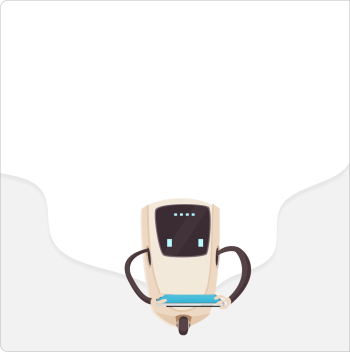Results for ""
Since nearly a decade, there are increasing talks of automation and robots overthrowing humans, leading to a job apocalypse. However, a groundbreaking report from MIT found that new technology is creating as many jobs at it has destroyed, creating a balance of sorts due to innovation. Although, the report states that bad policies by countries are a graver threat to the future of middle-tier or lower-wage workers.
The report, "The Work of the Future: Building Better Jobs in an Age of Intelligent Machines,” is a final conclusion of a 2-year-research of technology and jobs, from MIT's Task Force on the Work of the Future. This report was released on Tuesday, in addition to which, the task force is arranging an online conference, the “AI & the Future of Work Congress", today.
A crux of the report, as per the press release by MIT, is that, "A robot-driven jobs apocalypse is not on the immediate horizon." A landmark paper by the University of Oxford ,in 2013, states that an estimated 47% of American jobs are at risk due to automation, leading to apprehension from about the future and technology's role in it. More recently, in 2019, a report the analysis firm Oxford Economics found that approximately, 20 million manufacturing jobs globally can be replaced by robots by 2030. Technological advancements have also increased
But the report states that, "History and economics show no intrinsic conflict among technological change, full employment, and rising earnings." In fact, they discovered that 63% of the jobs in 2018 have been enabled due to technology advancements, and that they didn't exist in 1940. While there is a revolution, it is more of a gradual tech revolution than the robot revolution, as portrayed in popular media.
The intrinsic problem of technological progress is that the gains are not distributed equally. The report finds out that while productivity in the US rose 66% since 1978, compensation for production workers and those in non-supervisory roles has increased by a mere 10%.
Therefore, there shouldn't be effort to thwart this progress but rather on finding ways to improve the quality of jobs in the.middle and the lower wage sectors. "We need to restore the synergy between rising productivity and improvements in labor market opportunity." said economist David Autor, a co-chair of the task froce, in a press release. Further the report states, "To channel the rising productivity stemming from technological innovations into broadly shared gains, we must foster institutional innovations that complement technological change."
The authors, after an extensive research for two years, have indentified the heart of the problem - policy. The report states, "U.S. labor policies are leftovers from an earlier era. Congress failed to modernize U.S. labor and social policies to extend conventional protections, like those afforded to direct-hire employees, to the growing ranks of contract, temporary, and gig workers. It also failed to increase the availability and flexibility of unemployment insurance benefits for those not in full-time employment.". The lack of protection for workers in the form of things like minimum wages, sick leave, notice periods, and collective bargaining rights has caused much harm to the growth of a low-wage worker than technology has. Lack of training programs for the public and the private sector for adapting technological advances is also making it harder for workers.
To turn this situation around, and be better prepared for the technological changes of the future, the report has laid out three major areas. The first, high investments for training and innovation training for workers, espeically in companies and colleges.
Secondly, strengthen labour laws, relook at employment insurance and increase the minimum wage to match it against inflation. And thirdly, boost government spending to align and apply innovations towards social benefits and supporting augumentation and not replacement of workers. Policies should also favour investments in workers and training rather than capital alone.
The report, in the end, invokes the American dream that fueled nation builing in the early 1900s'. "The remarkable history of American innovation was powered not by fear or fatalism, but by a profound sense of possibility. Those possibilities remain. We see no tradeoff between improving economic security for workers and embracing ongoing technological change and innovation. Achieving both goals will require both technological and institutional innovation."
Sources of Article
Photo by Ali Pazani from Pexels

MIT Researchers Unveil AI-Powered Breakthrough in Predicting Protein Interactions
A recent study by the Department of Biology at MIT, in collaboration with the Howard Hughes Medical Institute, introduced a groundbreaking method for predicting protein-protein interactions using Artificial Intelligence.
Article AI predictions Feb 21, 2025

AI-powered labs promise efficient catalyst research with human oversight
A self-driving laboratory integrates AI with lab automation and robotics.
Article AI Research Feb 11, 2025


















